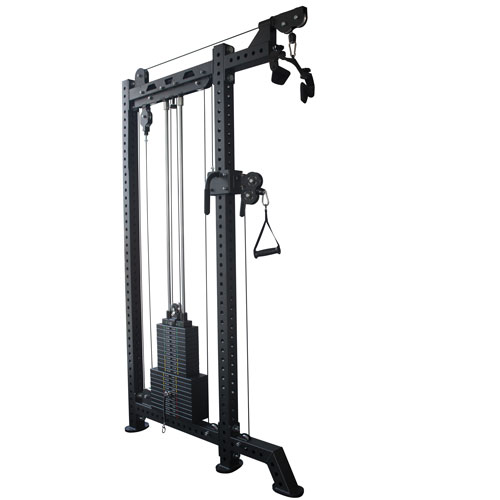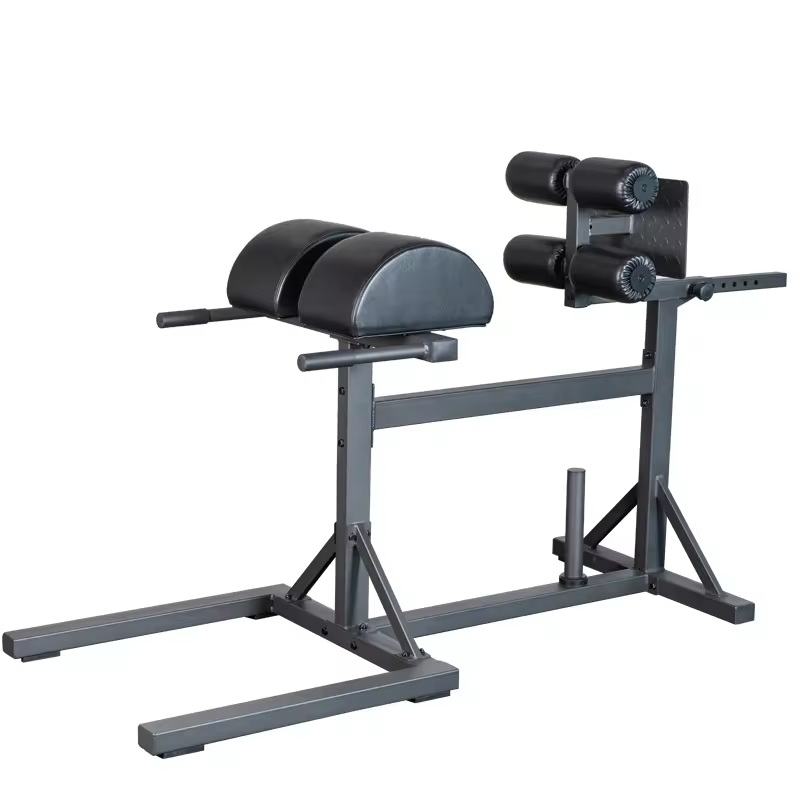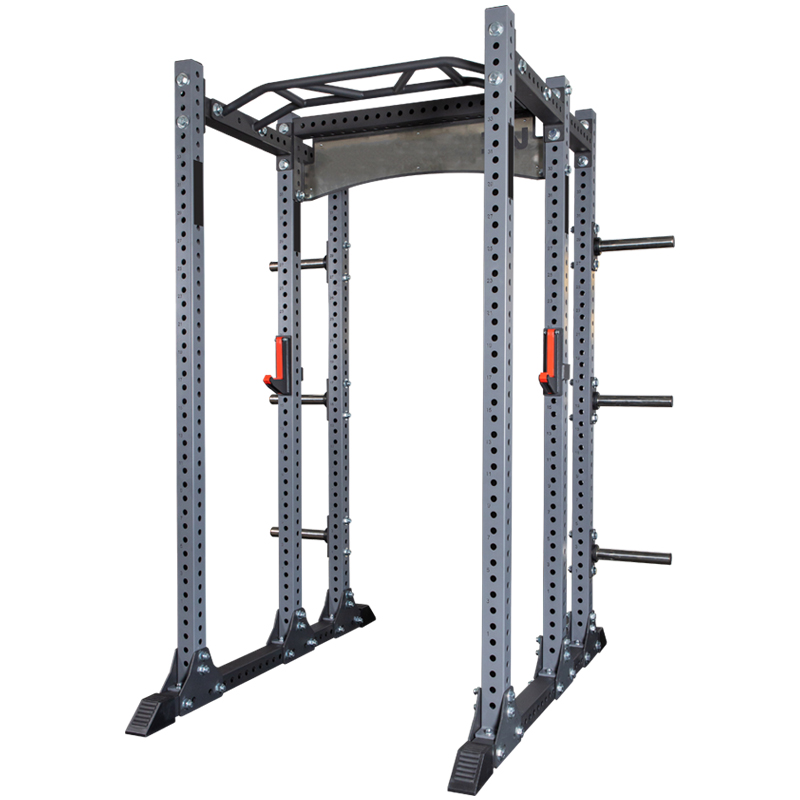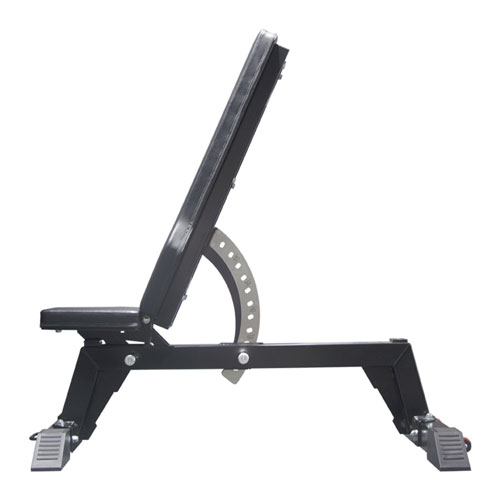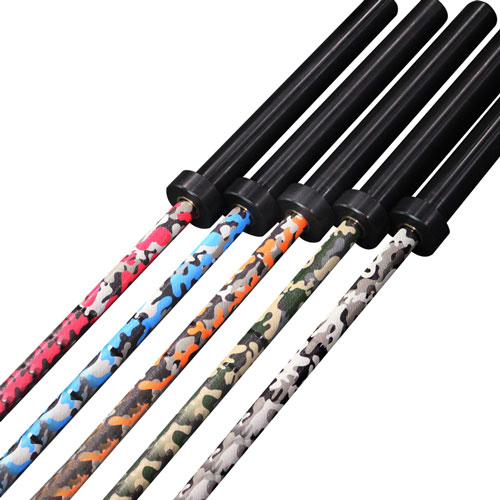Kettlebell Weight Science: Customization for Better Results
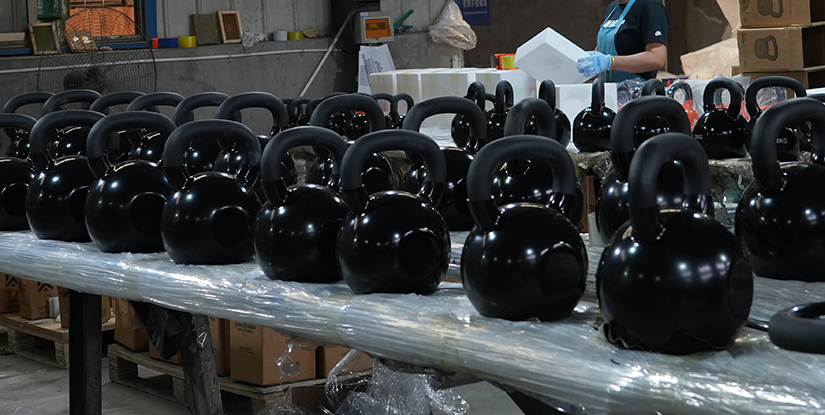
Introduction
Kettlebells have emerged as one of the most versatile tools in functional fitness, but their effectiveness hinges on proper weight selection and progression. This comprehensive guide explores the science behind kettlebell weight customization, helping you optimize your training for strength, power, endurance, and fat loss. We'll examine how factors like gender, fitness level, movement patterns, and training goals should influence your kettlebell selection, and provide evidence-based strategies for progressive overload.
The Biomechanics of Kettlebell Weight Selection
Choosing the right kettlebell weight isn't arbitrary—it's a science that considers multiple biomechanical factors:
1. Center of Mass Dynamics
The unique offset center of mass in kettlebells creates different torque requirements compared to dumbbells. Heavier weights increase rotational forces that challenge core stability disproportionately.
2. Grip Strength Requirements
Kettlebell handles vary in thickness, and weight selection must account for grip endurance, especially for high-rep swings or snatches.
3. Lever Arm Length
The distance between the handle and the bell's mass affects perceived weight during different movements—a key consideration for overhead exercises.
4. Momentum Utilization
Ballistic movements like swings allow for heavier weights than grinds (e.g., presses) due to momentum assistance in the movement pattern.
Weight Selection by Training Goal
Different fitness objectives demand specific kettlebell weight strategies:
1. Strength Development
For maximal strength gains (3-5 reps), choose a weight that allows technically sound execution while reaching near failure in the target rep range. Men typically use 24-48kg, women 12-24kg for major lifts.
2. Hypertrophy Training
Muscle building (8-12 reps) requires weights that create mechanical tension through the full range of motion. Adjustable kettlebells excel here, allowing precise load progression.
3. Power and Explosiveness
Ballistic movements should use weights that allow maximum velocity—typically moderate loads (men 16-24kg, women 8-16kg) that don't compromise movement quality.
4. Endurance Conditioning
High-rep workouts (15+ reps) demand lighter weights (men 12-16kg, women 8-12kg) that maintain proper form throughout extended sets.
Movement-Specific Weight Guidelines
Optimal kettlebell weight varies significantly by exercise type:
1. Swings and Ballistics
These momentum-based movements typically allow the heaviest weights. Men: 24-48kg, Women: 12-24kg. The weight should challenge your posterior chain without compromising hip snap mechanics.
2. Presses and Grinds
Strict overhead movements require lighter loads. Men: 16-32kg, Women: 8-16kg. Focus on control through the entire range of motion.
3. Turkish Get-Ups
These complex full-body movements demand conservative weight selection. Men: 12-24kg, Women: 8-16kg. Prioritize perfect form over load.
4. High-Skill Lifts (Snatch, Clean)
Technical proficiency dictates weight choice. Start light (men 12-16kg, women 8-12kg) and progress only when technique is flawless.
The Science of Progressive Overload with Kettlebells
Strategic weight progression is essential for continued adaptation:
1. The 2kg Rule
Research shows 2kg increments optimize strength gains while minimizing injury risk. This matches the body's natural adaptation rate for connective tissues.
2. Velocity-Based Progression
Using velocity trackers, increase weight only when movement speed at current load exceeds predetermined thresholds (e.g., >1.0 m/s for swings).
3. Density Progressions
Before increasing weight, first increase work density (more reps in same time) at current load to build work capacity.
4. Wave Loading
Alternate between heavier and lighter sessions to allow for recovery while still providing progressive stimulus.
Gender-Specific Weight Considerations
While individual differences always take precedence, research reveals general gender trends in kettlebell training:
1. Upper Body Pressing
Women typically use 50-70% of male weights for overhead movements due to different upper body strength ratios.
2. Lower Body Power
The gender gap narrows for lower body ballistics—women often handle 70-85% of male swing weights due to similar posterior chain potential.
3. Grip Endurance
Women frequently demonstrate superior grip endurance relative to absolute strength, allowing higher rep volumes at proportionally heavier loads.
4. Recovery Capacity
Female athletes often tolerate higher training frequencies at given relative intensities due to hormonal influences on recovery.
Age-Adjusted Kettlebell Training
Optimal weight selection changes across the lifespan:
1. Adolescents (13-18)
Focus on technique with light-moderate weights (8-16kg). Progressive overload should match growth and maturation rates.
2. Young Adults (19-35)
Peak strength potential years allow for most aggressive progression when technique is established.
3. Middle Age (36-55)
Prioritize joint-friendly weights with slightly higher reps (10-15). Focus on maintaining strength and power.
4. Seniors (56+)
Lighter weights (4-12kg) for high reps (15-20) to maintain muscle mass and bone density while minimizing injury risk.
Kettlebell Weight Materials and Their Impact
The material composition affects weight perception and training effects:
1. Cast Iron
Traditional option with consistent feel. Dense material keeps size manageable even at heavier weights.
2. Vinyl-Coated
Slightly larger dimensions at same weight due to coating. Softer on floors but may affect grip.
3. Competition Style
Standardized dimensions regardless of weight. Ideal for technical training and competitive athletes.
4. Adjustable
Allow weight changes in small increments (1-4kg). Excellent for progressive overload and space efficiency.
FAQ About Kettlebell Weight Science
1. How do I know if my kettlebell is too heavy?
Signs include compromised form (rounded back during swings, leaning during presses), inability to maintain proper breathing, and joint discomfort rather than muscle fatigue.
2. Should men and women use different weight progressions?
While absolute weights differ, relative progression percentages (e.g., 5-10% increases) should be similar. Women can often progress volume faster at given intensities.
3. How often should I increase my kettlebell weight?
For strength: every 2-4 weeks. For endurance: every 4-6 weeks. Increase only when you can perform all reps of your current program with perfect form.
4. Are competition-style kettlebells better for weight progression?
Yes, their standardized dimensions eliminate variables as you increase weight, allowing pure focus on load adaptation. The consistent handle thickness is particularly valuable.
5. Can I build muscle with just one or two kettlebells?
Yes, through progressive techniques like increasing reps, decreasing rest, or modifying exercises. However, having multiple weights or adjustables optimizes hypertrophy.
6. How does kettlebell weight compare to dumbbell weight?
Due to different leverage and grip demands, most people use 20-30% lighter kettlebells than dumbbells for similar exercises, except swings where kettlebells allow heavier loading.
7. What's the ideal weight for beginners?
Men: 12-16kg for swings, 8-12kg for presses. Women: 8-12kg for swings, 6-8kg for presses. Always err lighter when starting to master technique.
Periodization Strategies for Kettlebell Weight Progression
Systematic weight variation prevents plateaus and optimizes adaptation:
1. Linear Progression
Simple weekly weight increases (1-2kg) work well for beginners over 8-12 week cycles.
2. Block Periodization
4-6 week blocks focusing on either heavier loads (strength) or lighter weights (endurance) with higher volume.
3. Daily Undulating
Alternate heavy, medium, and light days within the same week to provide varied stimuli.
4. Step Loading
3 weeks increasing weight, 1 week deload at reduced weight, then restart at higher baseline.
Special Populations: Customized Weight Approaches
Tailoring kettlebell weight for unique needs:
1. Rehabilitation
Very light weights (4-8kg) focusing on controlled movement patterns and neuromuscular re-education.
2. Pregnancy/Postpartum
Modified weights based on trimester and recovery status, typically 30-50% of pre-pregnancy loads.
3. Hypermobility
Slightly heavier weights can provide needed stability feedback, but must be carefully monitored.
4. Osteoporosis
Moderate weights (8-12kg) for higher reps to stimulate bone density without excessive joint stress.
Conclusion: Mastering the Science of Kettlebell Weight
Effective kettlebell training isn't about lifting the heaviest possible weight—it's about selecting the optimal load for your body, goals, and movement patterns. By understanding the science behind kettlebell weight selection and progression, you can customize your training for maximum results with minimal injury risk.
Remember that proper technique always supersedes weight. Progress gradually, listen to your body, and consider investing in adjustable kettlebells or a range of weights to accommodate different exercises and progression needs. With intelligent weight selection, your kettlebell can become one of the most versatile and effective tools in your fitness arsenal.
Ready to Optimize Your Kettlebell Training with Perfectly Weighted Equipment?
The right kettlebell weights can transform your workouts, whether you're building strength, power, endurance or all three.
Discover how Leadman Fitness can provide ideal kettlebell solutions tailored to your specific needs. Contact us today for expert guidance!

